Juwangsan Mountain Seongcheondaek
0m 10745 2021-04-09
12, Seodang-gil Cheongsong-eup, Cheongsong-gun, Gyeongsangbuk-do
+82-10-6711-6427
Seongcheondaek House with about 300 years' history is an old hanok guesthouse located in Cheongun-ri at the entrance to Juwangsan Mountain, which can be reached by driving along Yongjeoncheon Stream from Cheongsong County in Gyeongsangbuk-do. With the tranquil surrounding atmosphere among houses in the alley, the house features a typical square-shaped structure of the mountain region.
Seongcheondaek House is presumed to have been bought by Im Chun-seop, a high-ranking official during the reign of King Gojong (r. 1863-1907) of the Joseon Dynasty, but its exact construction date is unknown. It was designated as National Folklore Cultural Heritage No. 172 in 1984.
This cozy hanok house consists of the main gate with straw-thatched roof, square-shaped Anchae (Women’s Quarters), middle gate, Sarangbang (master’s room), tea room, old stable, Daecheongmaru (hall between rooms) overlooking the courtyard with beautiful scenery, and so on. In particular, guests can enjoy a romantic atmosphere from Daecheongmaru by appreciating the scene of falling raindrops or melting snow from the edges of the eaves.
The Munganchae (gate building) consisting of a bathroom and a kitchen has a straw-thatched roof and a renovated interior for the guests’ convenience. The square-shaped Anchae is composed of two guestrooms (Sarangbang and Anbang) and a reading room (Utbang). The rooms feature a traditional construction style with cozy and clean interior items including a small wooden table as well as clean beddings. In addition, a kitchen is situated in front of Anbang, displaying traditional kitchen appliances including a fireplace and two large iron pots, unlike a modern-style kitchen in Munganchae. Daecheongmaru of Anchae offers an open view of the outdoor landscape through two large wooden windows. In addition, a deep groove in the middle of the yard in front of Daecheongmaru catches one’s eyes. The groove is said to have been made due to the rubbing of the foot on the ground when weaving hemp cloth hundreds of years ago.
Guests can enjoy relaxation both during daytime and nighttime under a starry sky in the yard where a small wooden bedstead and a stone table are situated. Moreover, the house provides folk games such as neolttwigi (Korean see-sawing game) and tuho (pitch-pot) as well as the family art therapy program wherein family members can understand each other better through a painting and drawing activity. Surrounding tourist attractions include Juwangsan National Park and Jusanji Reservoir.
Cheongsong Folk Museum (청송민속박물관)
1.7 Km 9111 2022-08-05
222, Juwangsan-ro, Cheongsong-gun, Gyeongsangbuk-do
+82-54-874-9321
Cheongsong Folk Museum was opened in 1999 to promote the history, culture, and customs of the region. The three-story museum offers indoor & outdoor exhibition halls.
The indoor exhibition halls showcase educational materials related to farming and the customs of Cheongsong. Exhibitions - such as the Traditional Guest Room, Weaving Room, Items of Everyday Use, and Cheongsong Porcelain - offer glimpses of how people lived in the past. The outdoor exhibition space reproduces a traditional tavern, waterwheel, millstone operated by a horse or ox, monument to ward off misfortunes and protect prosperity, and natural stones used for worship, with which visitors can experience farm life in the past.
Cheongsong Apple Festival (청송사과축제)
4.0 Km 25681 2023-09-18
Wolmak-ri, Cheongsong-gun, Gyeongsangbuk-do
+82-54-873-3686
Cheongsong Apple Festival is held in the fall every year to promote the excellent quality of apples grown in the area. Cheongsong has the perfect conditions for superior taste and quality of apples, being located in a clean environment with a low amount of rainfall and plenty of sunlight. The festival offers various unique events and activities to entertain visitors.
Juwangsan Spa Tourist Hotel (주왕산온천관광호텔)
4.2 Km 16385 2021-08-10
315, Jungang-ro, Cheongsong-gun, Gyeongsangbuk-do
+82-54-874-7000
Juwangsan Spa Tourist Hotel is located approximately 15 minutes from Juwangsan National Park. The hotel has clean rooms, a Korean restaurant, banquet hall, and spa facilities. Guests may take advantage of the health programs offered at the spa or enjoy the hot springs sauna that uses alkaline water, which has been proven to heal chronic headaches and shoulder pain.
CheongSong folk&Arts Village [Korea Quality] / 청송 한옥민예촌 [한국관광 품질인증]
4.2 Km 6658 2020-12-12
494, Juwangsan-ro Budong-myeon, Cheongsong-gun, Gyeongsangbuk-do
+82-54-874-9098
'Cheongsong Hanok Folk Arts Village is situated within the Cheongsong Tourist Site, which is maintained and operated by the Cheongsong Culture & Tourism Foundation. The Cheongsong Tourist Site consists of the Hanok Folk Arts Village, which is an accommodation houses, Pottery Village, Exhibition Center, Museum, restaurants, and other convenient facilities. The Pottery Village provides a hands-on experience program for visitors who want to try their hand at making Cheongsong white porcelain, a renowned cultural heritage of Cheongsong, and consists of various interesting structures including a dugout hut-type workshop built with rubble and mud. The Exhibition Center consists of the Cheongsong White Porcelain Exhibition Pavilion and the Simsugwan Pottery Pavilion, while the Museum consists of the Folk Exhibition Hall, which displays a variety of Cheongsong’s traditional cultural assets, and the Ggotdol Museum, which exhibits ggotdol (naturally-patterned rocks) found only in Cheongsong. In addition, guests can use the various restaurants, seminar room, sports facilities, and nature trail located within the Cheongsong Tourist Site. Cheongsong Hanok Folk Arts Village is composed of seven hanok houses, namely, Daegamdaek, Yeonggamdaek, Jeongseungdaek, Hunjangdaek, Chambongdaek, Gyosudaek, and Saengwondaek, each of which is named after its principal characteristics. Thus, Daegamdaek, Yeonggamdaek and Jeongseungdaek have many rooms with a courtyard and a wooden floor, while Saengwondaek and Chambongdaek are simple thatched houses. Each hanok house has a different size and structure, and is equipped with high-quality antique furniture made by artisans, and bedding. Cheongsong Hanok Folk Arts Village also has special traditional spaces that are rarely found in other hanok accommodation, including a barn, warehouse, and traditional kitchen that are not currently used but which exhibit the traditional features of hanok. Each house is equipped with a modern bathroom, toiletries, and hairdryer, while communal toilets and a shower room are situated outside the houses.
Songi Garden (송이가든)
4.3 Km 21084 2024-02-13
504 Juwangsan-ro, Juwangsan-myeon, Cheongsong-gun, Gyeongsangbuk-do
054-874-0066
Songi Garden, a Korean restaurant positioned near the Juwangsan Tourist Complex, is celebrated for its healthy cuisine, crafted using fresh, locally sourced produce. The restaurant's standout dish, beoseot jeongol (mushroom hot pot), is particularly noteworthy for its flavorful yet light broth, brimming with an assortment of mushrooms. This culinary experience can be complemented with visits to nearby attractions such as the Cheongsong White Porcelain Experience Center and the Cheongsong Flower Stone Museum, making for a well-rounded exploration of the area's cultural and gastronomic offerings.
Dalgi Mineral Spring [National Geopark] (달기약수탕 (청송 국가지질공원))
4.7 Km 17190 2021-06-24
16, Yaksu-gil, Cheongsong-gun, Gyeongsangbuk-do
+82-54-870-6111
Dalgi Mineral Spring was found approximately 130 years ago during construction of a waterway. The carbonated water has various minerals that help treat multiple diseases. The water is formed when rain water gets absorbed underground and meets carbon dioxide from the magma deep below.
Song jeong Historic House [Korea Quality] / 송정고택 [한국관광 품질인증]
5.6 Km 8154 2023-11-30
15-1 , Songsogotaek-gil, Cheongsong-gun, Gyeongsangbuk-do
+82-54-873-6695, +82-10-3891-2622, +82-10-8746-6690
Songjeong Old House in Deokcheon Village, Cheongsong-gun, Gyeongsangbuk-do, is an ‘ㅁ’-shaped hanok and one-time home of Sim Sang-gwan, a wealthy gentleman of the early 20th century. The house is notable for its incorporation of the library used by Shim Sang-gwang. To the right is Songso's house and to the left a trail leading to a water well and a pine forest. The Korean-style rooms are ondol-heated with traditional wallpaper and natural cotton duvets. There’s a spacious yard where traditional Korean music can be heard, while the annual Old House music concerts are very popular.
Songso House (청송 송소고택)
5.6 Km 43990 2021-10-25
15-2, Songsogotaek-gil, Cheongsong-gun, Gyeongsangbuk-do
+82-54-874-6556
Located in Cheongsong, Gyeongsangbuk-do, Songso House also known as "Sim Wealthy Family House" was built around the 1880s. The house has all the features of a typical aristocrat house during the Joseon dynasty, consisting of a large sarangbang (main building) and individual chambers with a square-shaped front yard at their center.
The complex has an annex building on the side, where it has been renovated and now used as a guesthouse for travelers. Visitors spending a night at this traditional building can enjoy the quiet and peaceful atmosphere, as well as try out playing various traditional games.
Chalbanggong Head House [Korea Quality] / 찰방공종택 [한국관광 품질인증]
5.7 Km 5840 2020-09-10
23-8, Songsogotaek-gil Pacheon-myeon, Cheongsong-gun, Gyeongsangbuk-do
+82-54-873-6502, +82-10-9502-7611
The Chalbanggong Head House is a resting place in nature that is open to everyone. The house was built in 1933 as the head house of Chalbanggong Shim Dang, a 9th-generation descendant of Akeungong from Cheongsong Shim’s Family. The place was also used as a village school and is designated as local cultural heritage no. 13. The structure of the house is shaped like the Korean alphabet "ㄷ". The fact that the gate of the house is facing north is very unusual. The house is positioned next to the Songso Old House, which has 99 rooms, and is composed of Ondol rooms heated by firewood as well as a wide yard and a vegetable garden. The place provides a comfortable resting space for those who want to enjoy the atmosphere of a traditional Korean-style house that they cannot easily see in urban areas. The rooms are papered with traditional Korean paper and equipped with beddings. The house is located in a region that is so quiet you can barely hear a thing except the sound of birds and wind. There is an ancestral shrine in the head house that looks just like a warm grandma’s house.
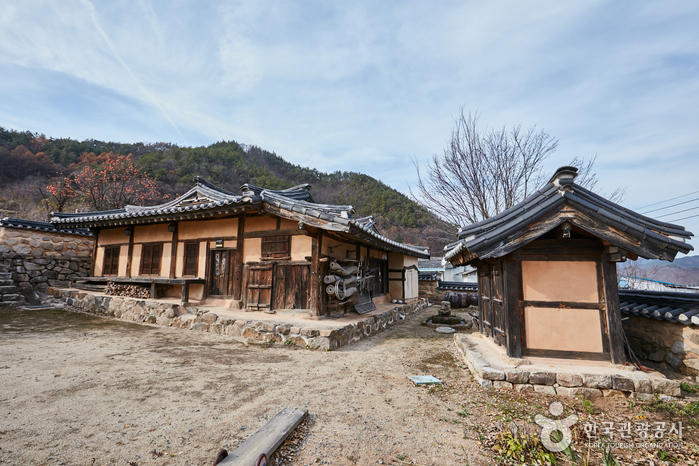
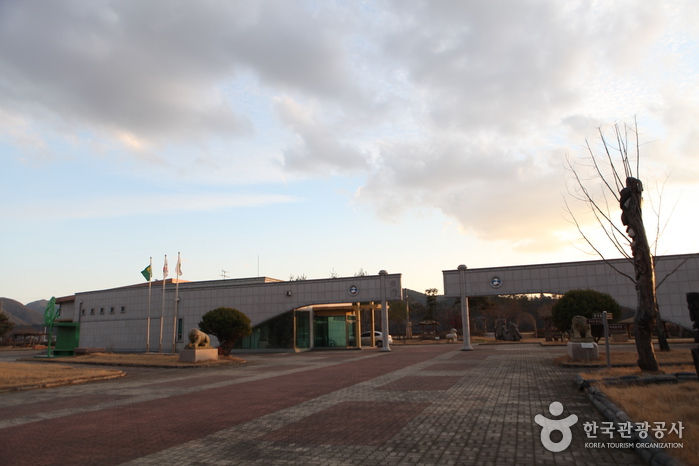
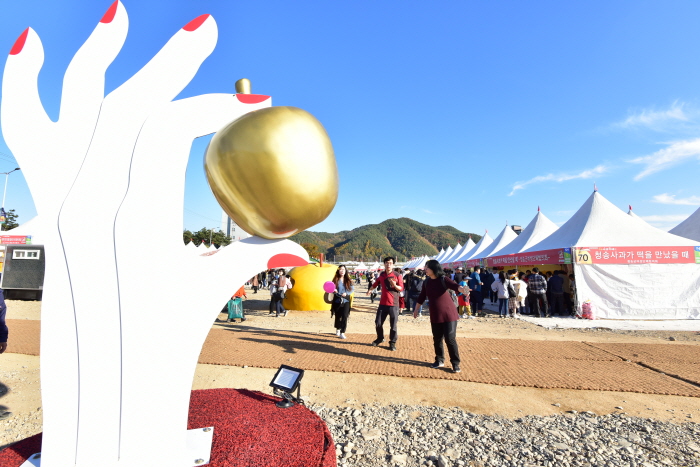

![CheongSong folk&Arts Village [Korea Quality] / 청송 한옥민예촌 [한국관광 품질인증]](http://tong.visitkorea.or.kr/cms/resource/14/2048414_image2_1.jpg)
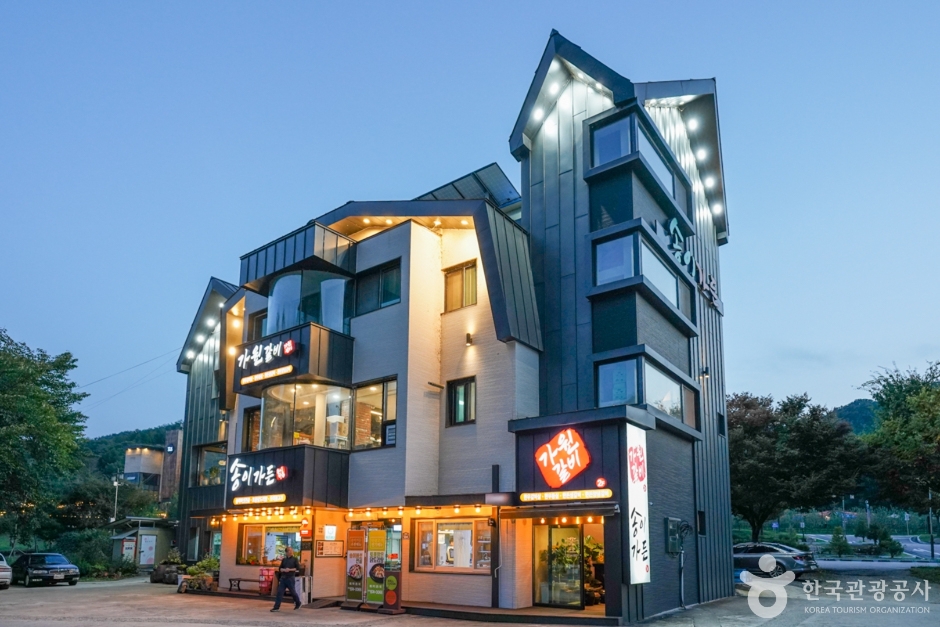
![Dalgi Mineral Spring [National Geopark] (달기약수탕 (청송 국가지질공원))](http://tong.visitkorea.or.kr/cms/resource/16/2703516_image2_1.jpg)
![Song jeong Historic House [Korea Quality] / 송정고택 [한국관광 품질인증]](http://tong.visitkorea.or.kr/cms/resource/92/3036992_image2_1.jpg)
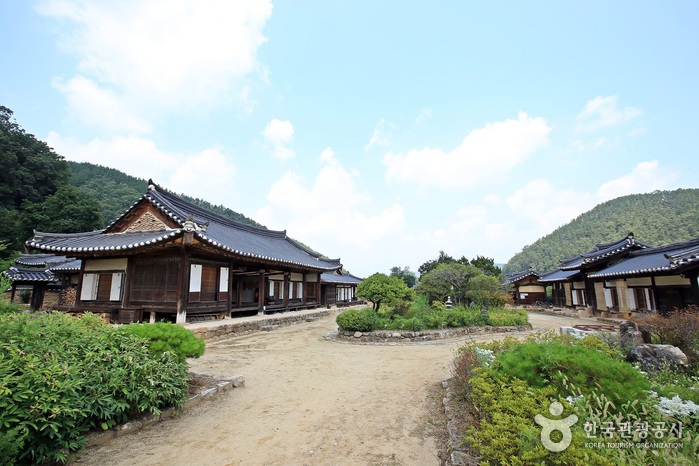
![Chalbanggong Head House [Korea Quality] / 찰방공종택 [한국관광 품질인증]](http://tong.visitkorea.or.kr/cms/resource/07/2528907_image2_1.jpg)
 English
English
 한국어
한국어 日本語
日本語 中文(简体)
中文(简体) Deutsch
Deutsch Français
Français Español
Español Русский
Русский